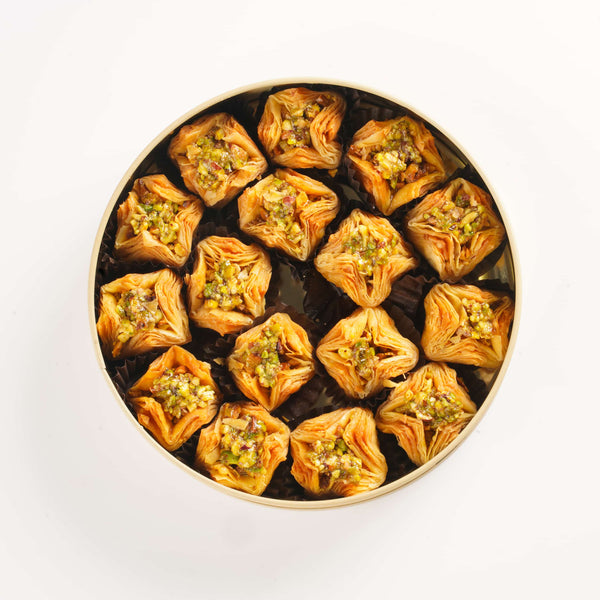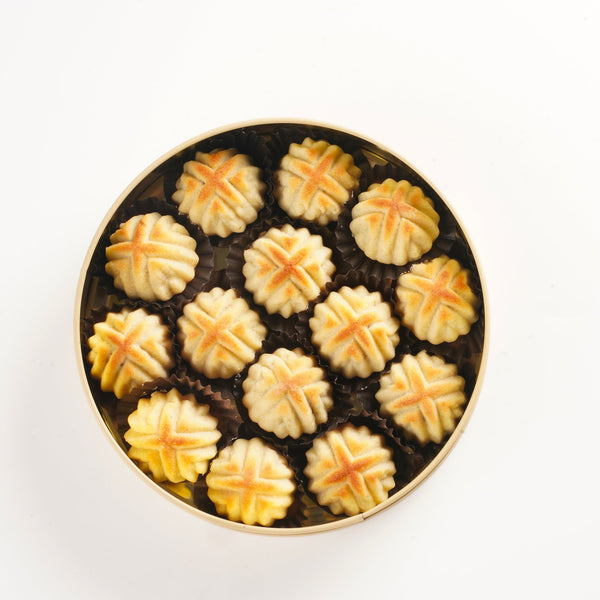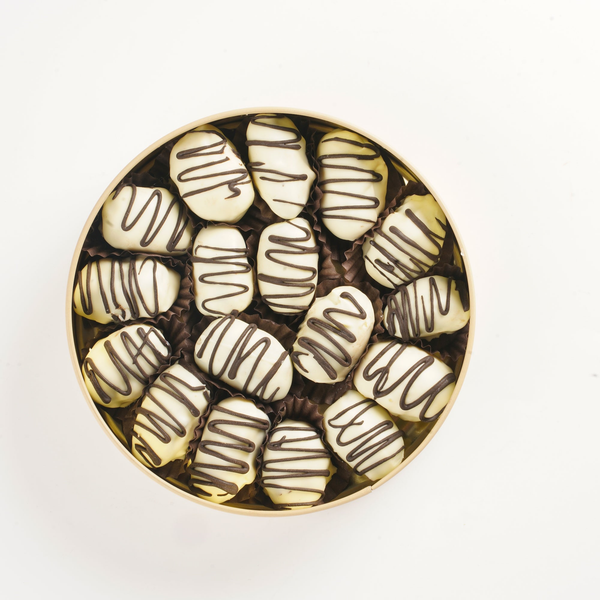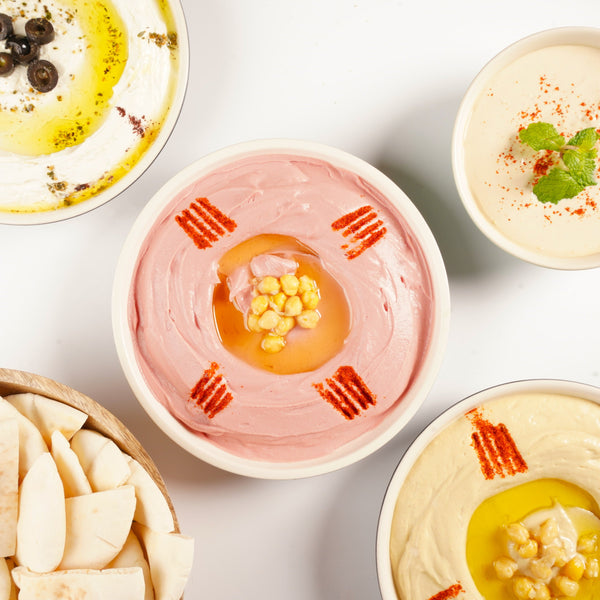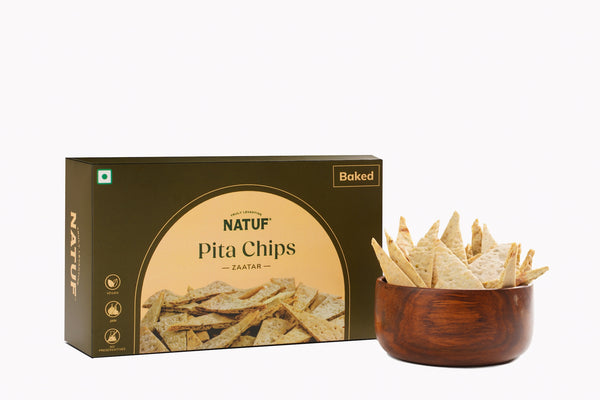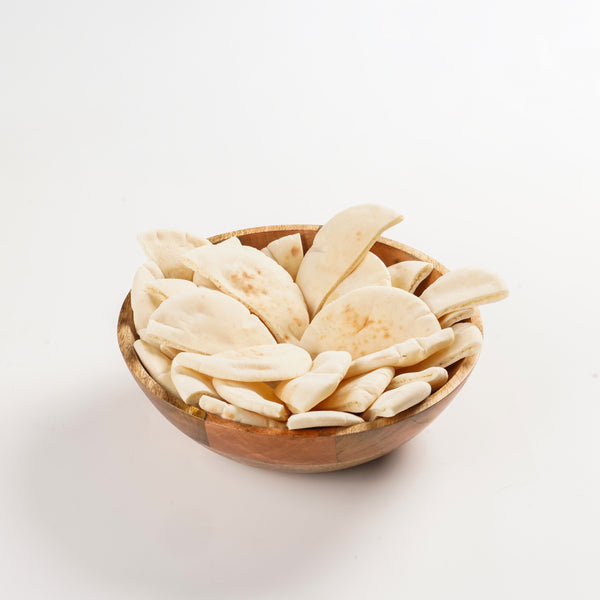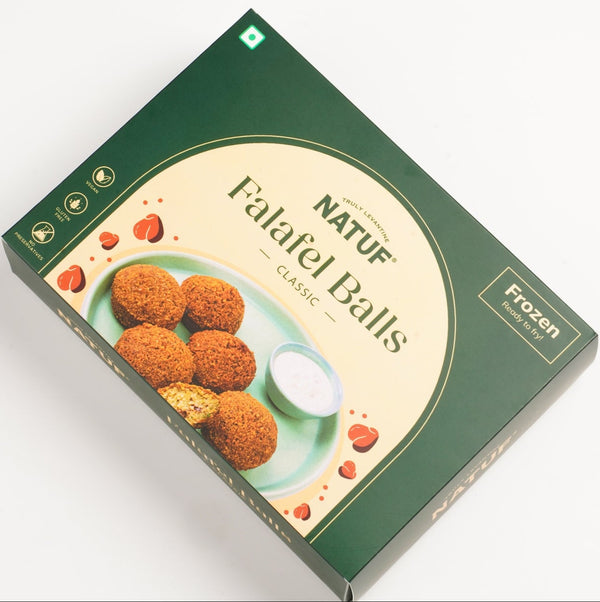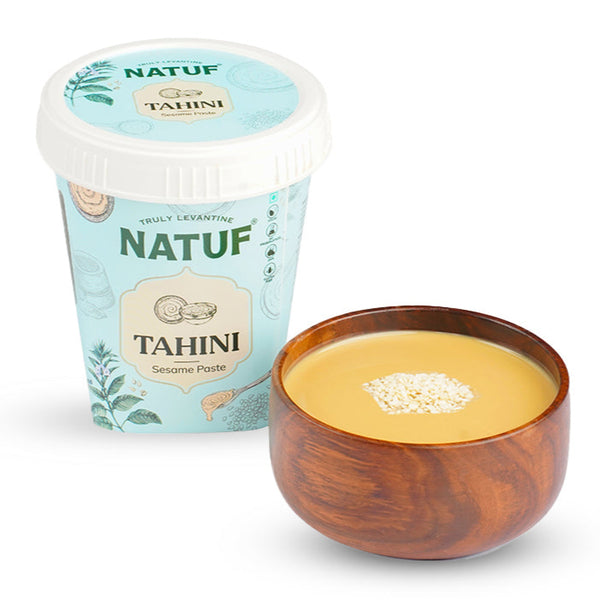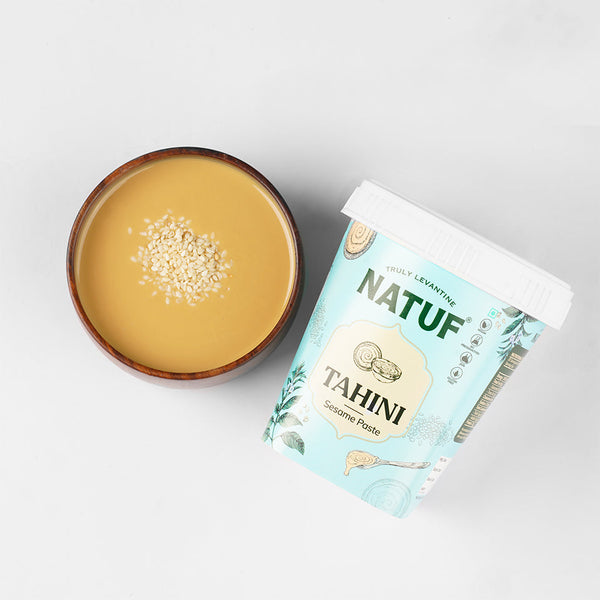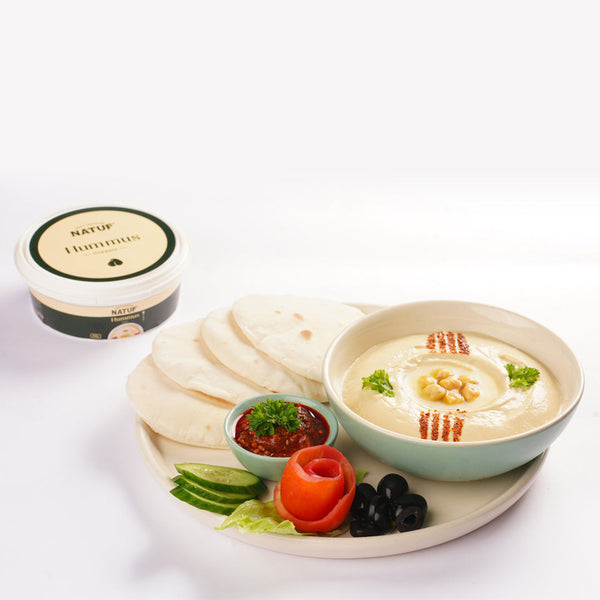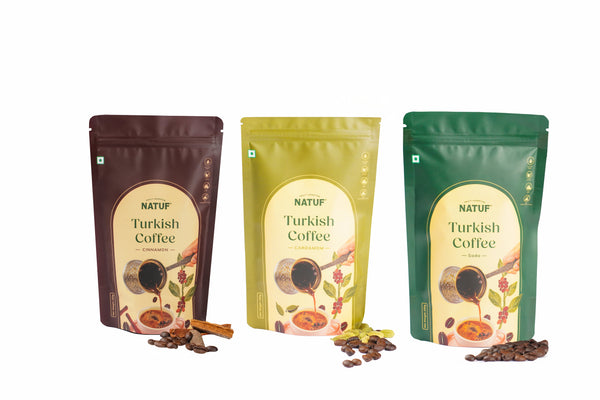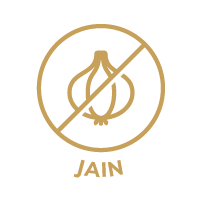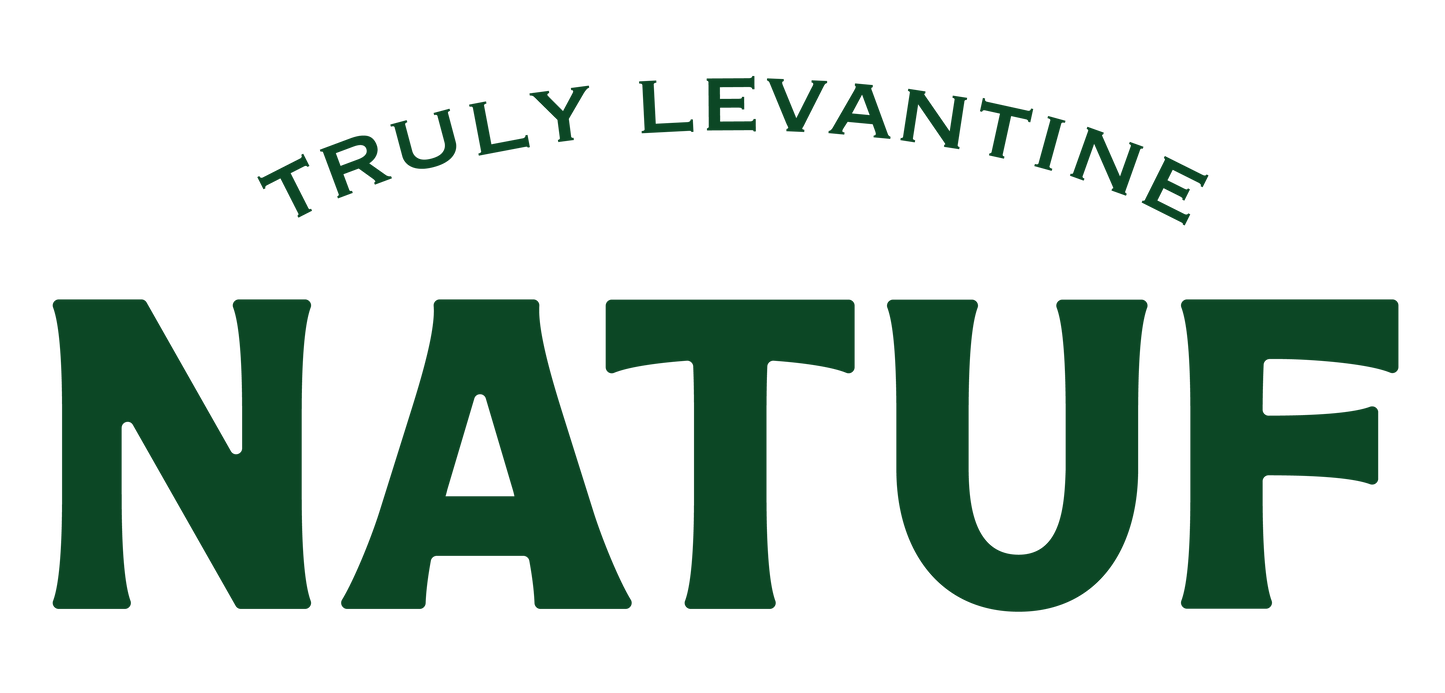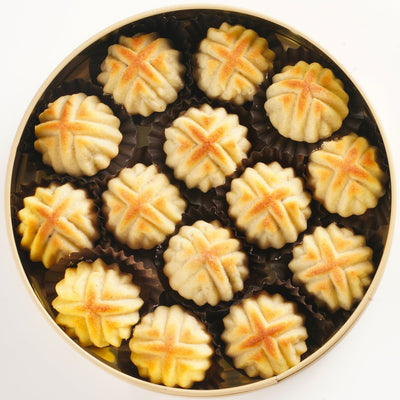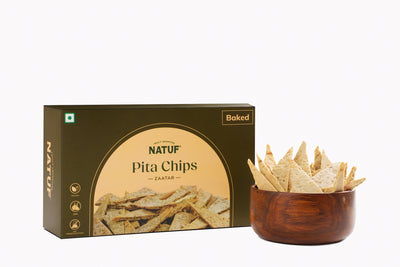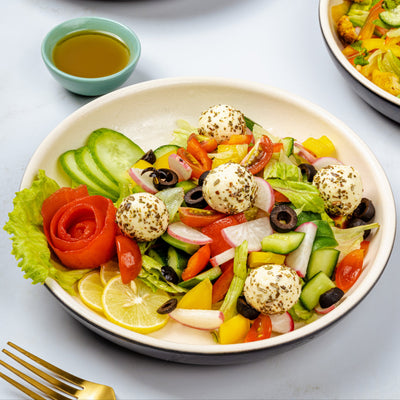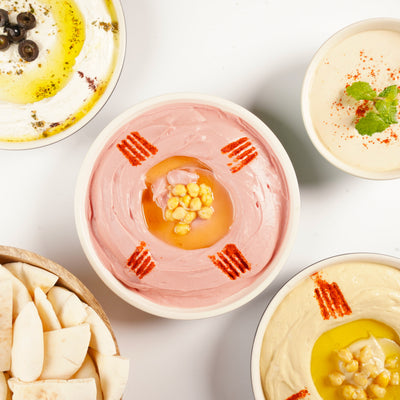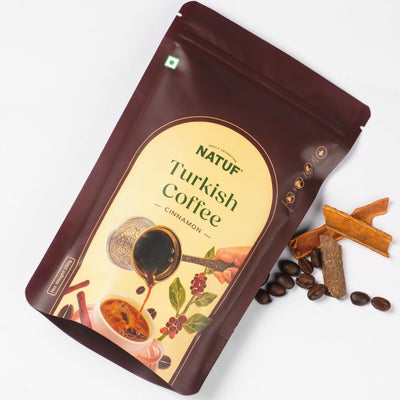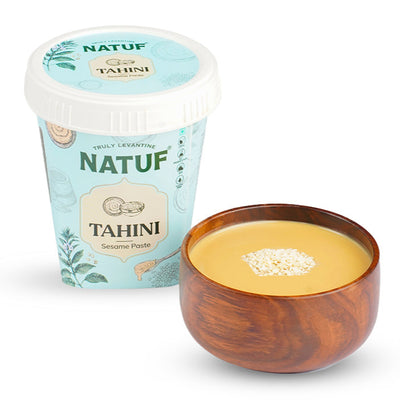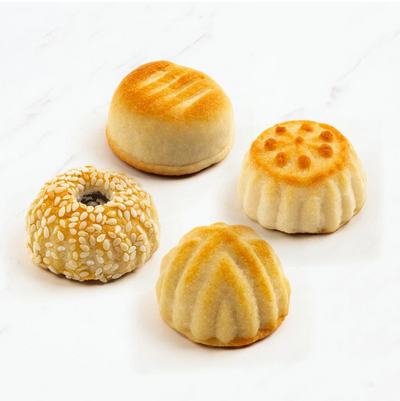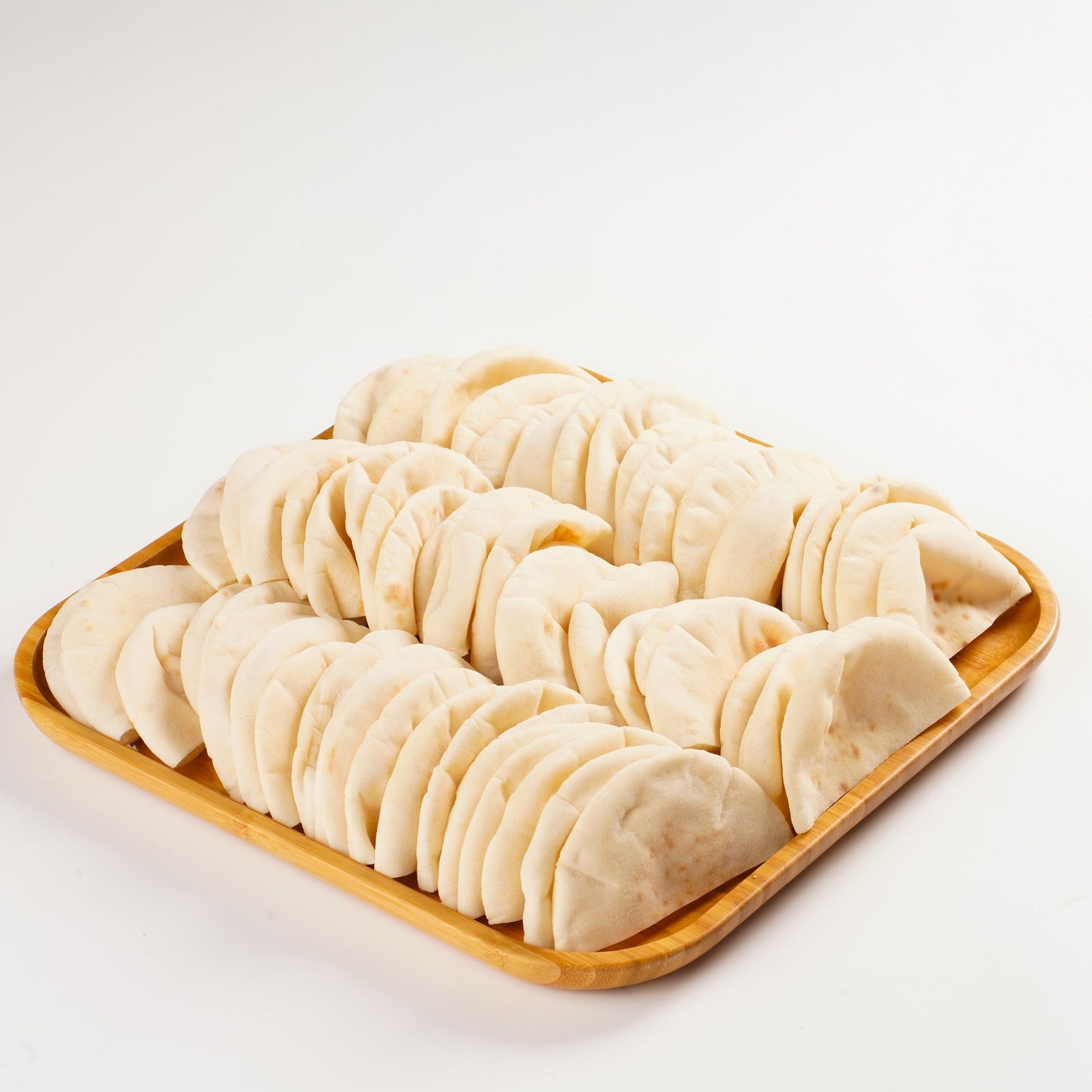
A Delightful Bread from the Levant: Pita
A Heavenly and Appetizing Bread from the Levant
Pita bread, also known as Arabic bread or simply khubz, is a soft, leavened flatbread made from white flour (maida), whole wheat (atta), or multiple grains. It has a signature fluffy texture and a light, rounded shape, making it a staple in Middle Eastern cuisine. Whether enjoyed fresh, toasted, or transformed into pita chips, this versatile bread has been a part of Levantine culinary tradition for thousands of years.
The Ancient Origins of Pita Bread
The history of pita bread dates back nearly 15,000 years to the Natufian culture of the Stone Age. This early civilization, spanning parts of the Levant and Mesopotamia, is believed to have been among the first to bake flatbreads over an open fire. The name pita itself is derived from Byzantine Greek, meaning “cakes” or “bread,” reflecting its deep-rooted heritage.
Types of Pita Bread
There are two primary types of pita bread, each with a unique texture and use:
• The Palestinian Pita Pocket (Kmaj): Smaller and thicker, this type is perfect for stuffing with falafel, meats, and vegetables.
• The Lebanese Pita: Wider and thinner, this variety is commonly used for wraps and rolls, making it ideal for shawarmas and gyros.
How Pita Bread is Used in Levantine Cuisine
Pita bread is incredibly versatile and complements a wide range of Middle Eastern dishes:
• Dipping: Fresh pita pairs perfectly with hummus, tahini, baba ghanoush, and labneh.
• Stuffing: The pocket-style pita is excellent for falafel, shawarma, kebabs, and grilled vegetables.
• Toasting: Leftover pita can be baked or fried into crispy pita chips for snacking.
• Salads: Toasted pita adds a crunch to the famous Fattoush salad, a Middle Eastern staple.
• Soaking Up Flavors: The spongy texture of pita allows it to absorb rich gravies and curries, making it a fantastic bread for Indian and Middle Eastern dishes alike.
Interesting Facts About Pita Bread
• Similar to Goan Poie Bread: Pita shares similarities with Poie, a traditional bread from Goa. Both have a soft, airy texture and can be split open to form pockets for stuffing.
• Naturally Forms a Pocket: When baked at high temperatures, the steam inside pita causes it to puff up, creating a natural pocket—perfect for stuffing with meats, veggies, or falafel.
• A Healthier Alternative to Regular Bread: Unlike heavily processed loaves, pita is often made with simple, natural ingredients and can be a lower-calorie, whole wheat option.
• Pita Chips Were an Accidental Invention: Chefs used to bake stale pita bread into chips rather than wasting it, leading to the popular crispy snack we enjoy today.
• Eaten in Various Cultures: Pita isn’t just a Middle Eastern staple—it’s also found in Greek, Turkish, North African, and Mediterranean cuisines, where it is used in different ways.
Where to Find Authentic Pita Bread in Bangalore
If you’re looking for fresh, traditionally made pita bread, visit Natuf Indiranagar in Bangalore. Our pita is crafted by Palestinian chefs using authentic techniques, ensuring the perfect texture and taste.
Visit Us Today! Find a Location
Prefer to enjoy it at home? Order our authentic pita bread online at Natuf.in.
Pita bread isn’t just another type of bread—it’s a piece of Middle Eastern heritage that brings people together over shared meals and flavors. However you choose to enjoy it, one thing is certain: it will always leave you craving more.
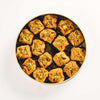 Sweets and Gifting
Sweets and Gifting
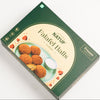 Gourmet Food
Gourmet Food
 Coffee
Coffee
 Vegan & Dietary
Vegan & Dietary
